On Yom Kippur (Day of Atonement), when the High Priest would enter the Holy of Holies, he did not dress in his usual clothing for serving the Lord. He laid aside all the precious stones set in gold, the gold crown and special hat, the colourful ephod and blue robe with the bells and pomegranate ornaments; and he dressed, humbly, in a white robe. (Lev 16:4)
That day he would do all the work or duties on his own without help.
‘There shall be no person in the Tent of Meeting when the high priest goes in to make atonement in the Holy Place [within the veil] until he comes out so that he may make atonement for himself (his own sins) and for his household and for all the congregation of Israel.’ (Lev 16:17)
He had to take from the congregation of the Israelites (at their expense) two male goats as a sin offering, and one ram as a burnt offering, and present the two goats before the LORD at the doorway of the Tent of Meeting. He had to cast lots for the two goats—one lot for the LORD, the other lot for the scapegoat. He would then bring the goat on which the LORD’S lot fell and offer it as a sin offering. But the goat on which the lot fell for the scapegoat had to be presented alive before the LORD to make atonement on it. That goat was sent into the wilderness as the scapegoat.
The high priest had to enter the Holy Place with the blood of a young bull as a sin offering, and the blood of a ram as a burnt offering. He had to present the bull as the sin offering for himself and make atonement for himself and for his household (the other priests), and he had to kill the bull as the sin offering for himself.
Then he had to take a censer full of burning coals from the sacrificial altar before the LORD, and two handfuls of finely ground sweet incense, and take it inside the veil, into the Holy of holies. He put the incense on the fire in the censer before the LORD, so that the cloud of the incense covered the atonement cover (mercy seat) on the ark of the Testimony, and so he would not die. He had to take some of the bull’s blood and sprinkle it with his finger on the east side of the mercy seat, and in front of the mercy seat, seven times.
Then he had to kill the goat of the sin offering for the people, and take its blood within the veil into the Holy of holies, and sprinkle it on the mercy seat, and in front of the mercy seat. (Lev 16: 3; 5-15)
After this, he had to make atonement for the Holy place; sprinkle the blood on the items: the table, menorah and incense altar, to cleanse the place from the sins of the nation. (Lev 16:16)
He continued into the courtyard to cleanse the altar of burnt offering with some of the blood of the bull and the goat. With his finger, he would sprinkle some of the blood on the horns of the altar, and on all sides of the altar, seven times to cleanse it and consecrate it from the uncleanness of the Israelites.
When he had finished atoning/cleansing the Holy Items, he laid both of his hands on the head of the live goat (the scapegoat/the sin-bearer) and confessed over it all the sins of the sons of Israel. He sent it, away into the wilderness to be released, with a man who was prepared for the task. The goat carried on itself all the people’s sins into infertile land. (Lev 16:18-22)
The High priest then took off his garments in the Tent of meeting, washed and changed into his High priests’ robes, came out and offered the rams as burnt offerings; one for himself, and one for the people, to make atonement. He also burnt the fat of the sin offering on the altar. The bull for the sin offering and the goat for the sin offering, whose blood was taken in to make atonement in the Holy of Holies, was taken outside the camp; their skins, their meat, and their waste was burnt in the fire. (Lev 16:23-28)
This was a permanent, once a year statute/command. (Lev 16:29-34)
Yeshua laid aside His glory and came humbly in human form, to do the will of the Father, and He did all the work of redemption on His own, without any help.
‘Have this same attitude in yourselves which was in Christ Jesus [look to Him as your example in selfless humility], who, although He existed in the form and unchanging essence of God [as One with Him, possessing the fullness of all the divine attributes—the entire nature of deity], did not regard equality with God a thing to be grasped or asserted [as if He did not already possess it, or was afraid of losing it]; but emptied Himself [without renouncing or diminishing His deity, but only temporarily giving up the outward expression of divine equality and His rightful dignity] by assuming the form of a bond-servant, and being made in the likeness of men [He became completely human but was without sin, being fully God and fully man]. After He was found in [terms of His] outward appearance as a man [for a divinely-appointed time], He humbled Himself [still further] by becoming obedient [to the Father] to the point of death, even death on a cross.’ (Phil 2:5-8)
He did not need to bring a bull for Himself as He was the pure sacrifice, and He completed the atonement once and for all time. Hebrews 9:6-10 and Hebrews 10. He also cleansed the Heavenly things. (Heb 9:22-24)
As the High priest humbly went in with blood to atone for sin; out, sprinkling blood to cleanse; sent the scapegoat to take away sin; appeared in his glorious robes to complete Yom Kippur.
So Yeshua has come humbly and poured out His pure blood to atone for our sin; to cleanse us from all sin; to take away our sin (as far as the east is from the west, Ps 103:12) and is now in the Holy place in Heaven; and will next appear in all His glory, to complete our salvation; to take us home to be with Him. (Gal 1:4; 1 John 1:7 and 9; John 1:29; Heb 8:1-2; Mat 24:30; John 14:1-6; 1 Cor 15:50-57; 1 Thes 1:10 & 4:13-18)

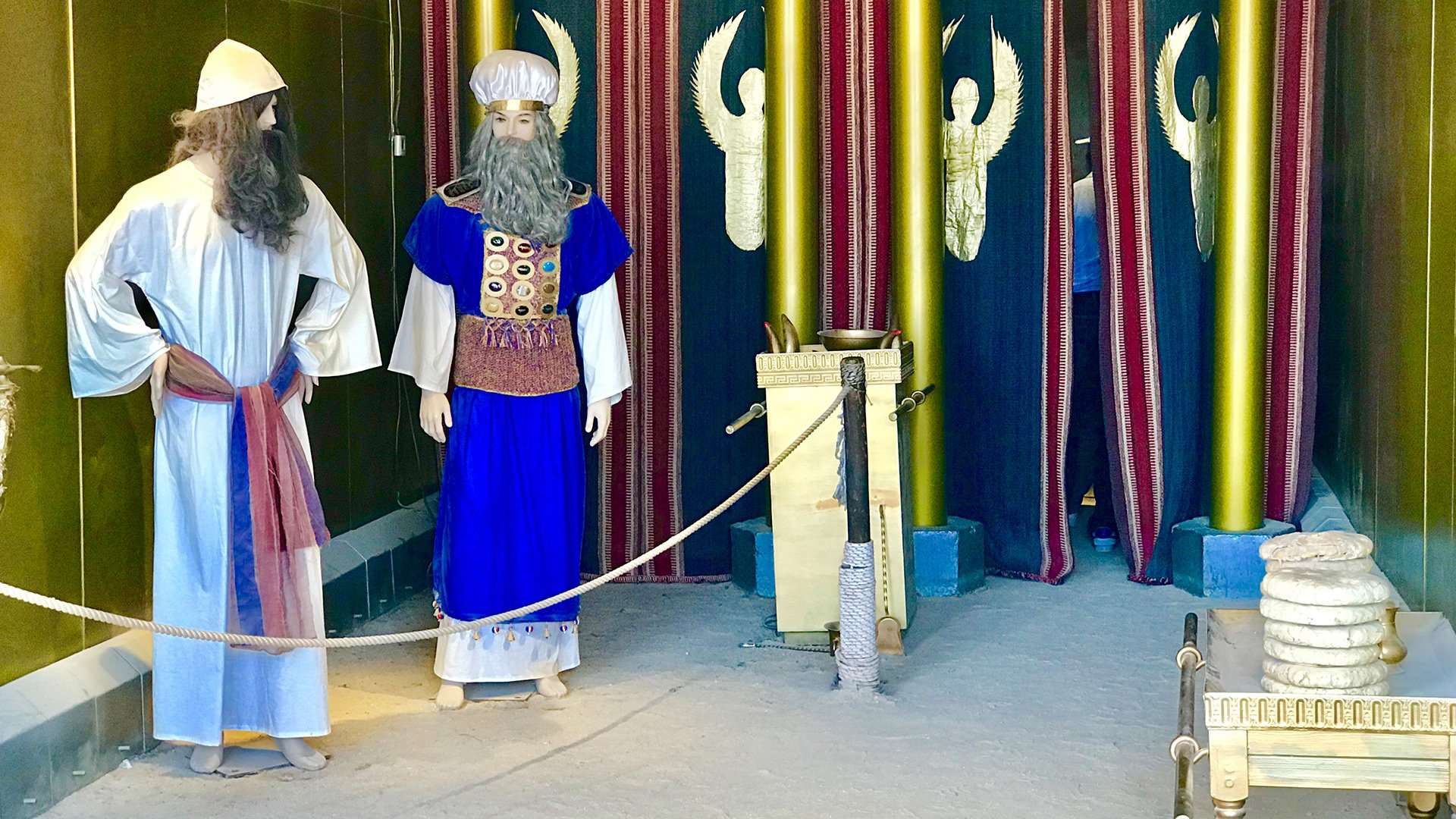
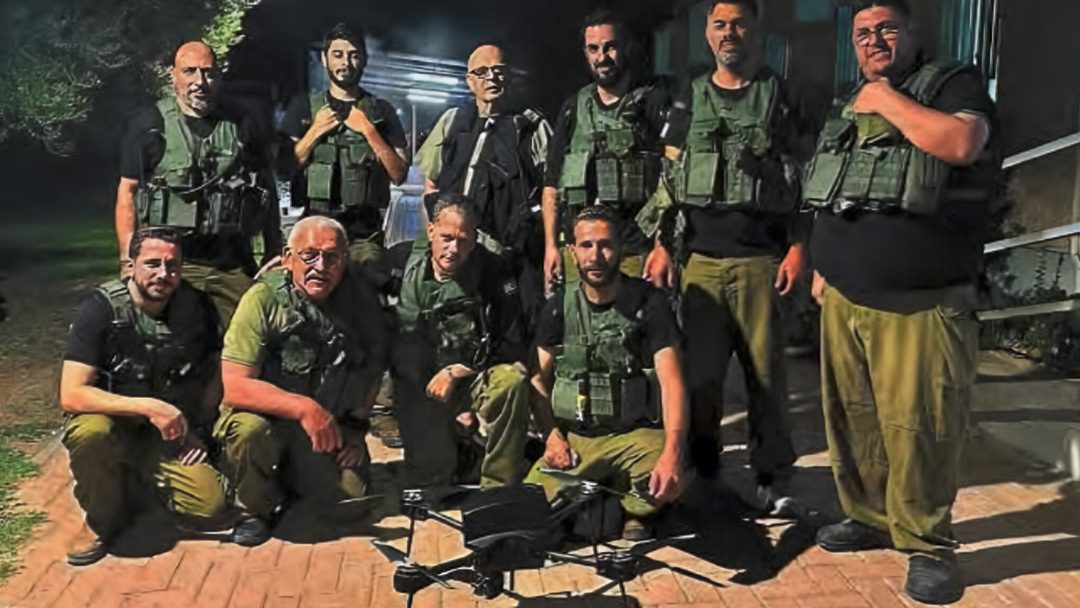
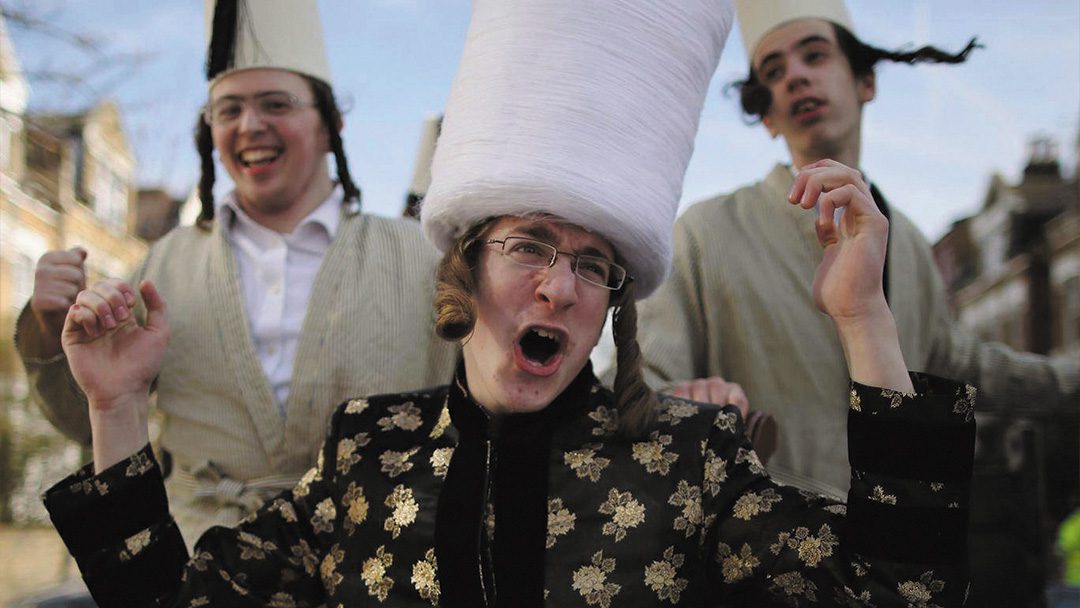
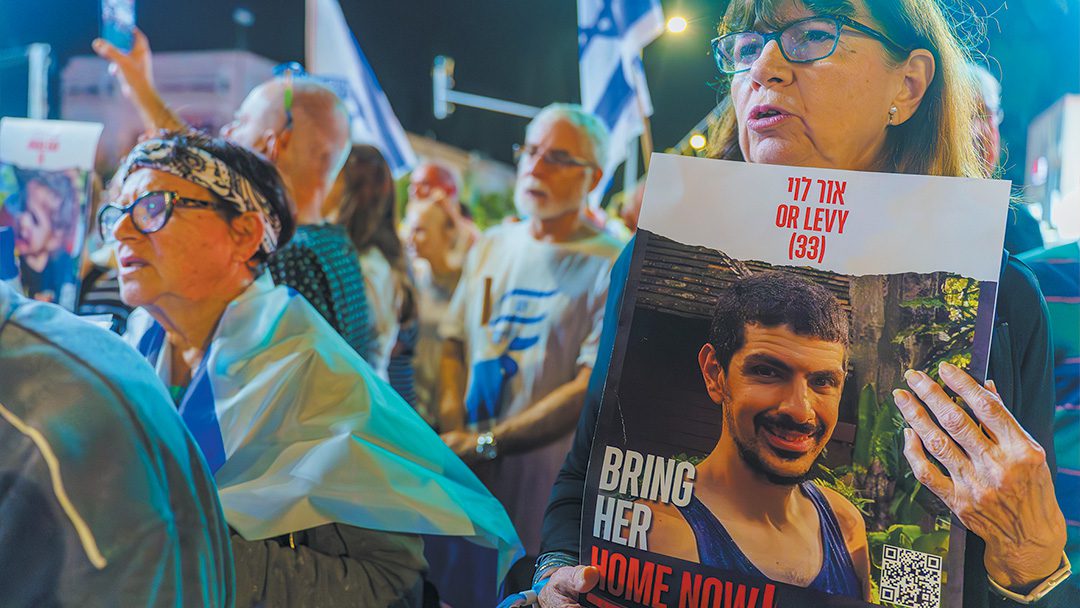

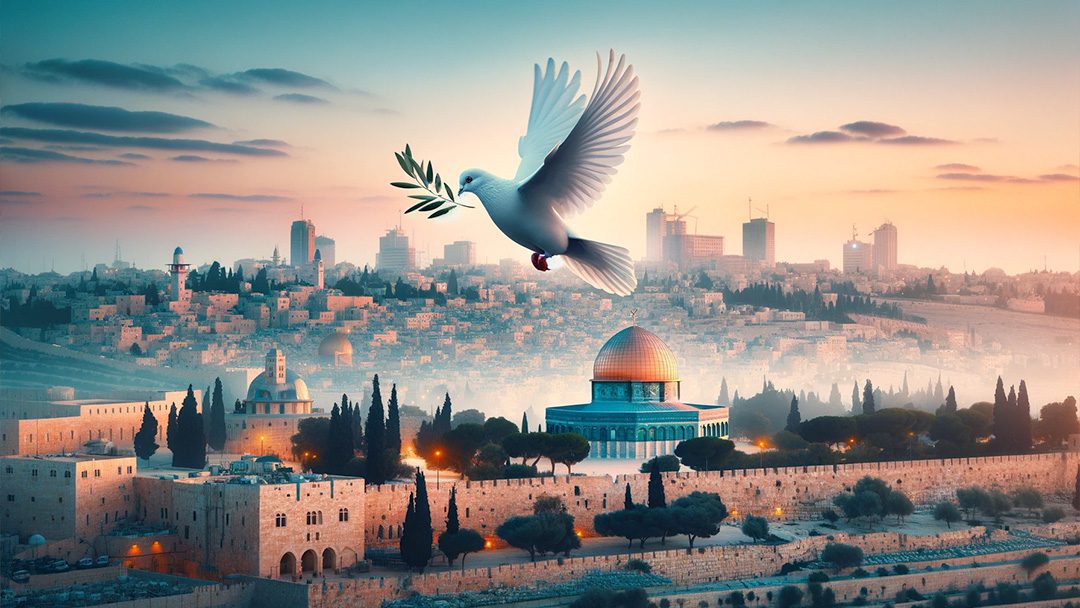
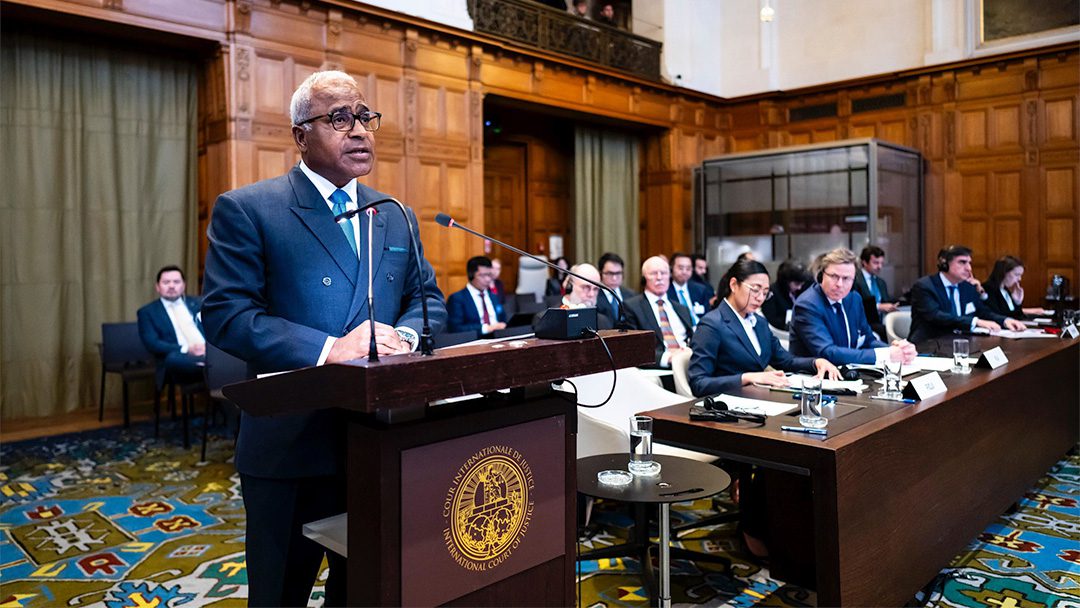

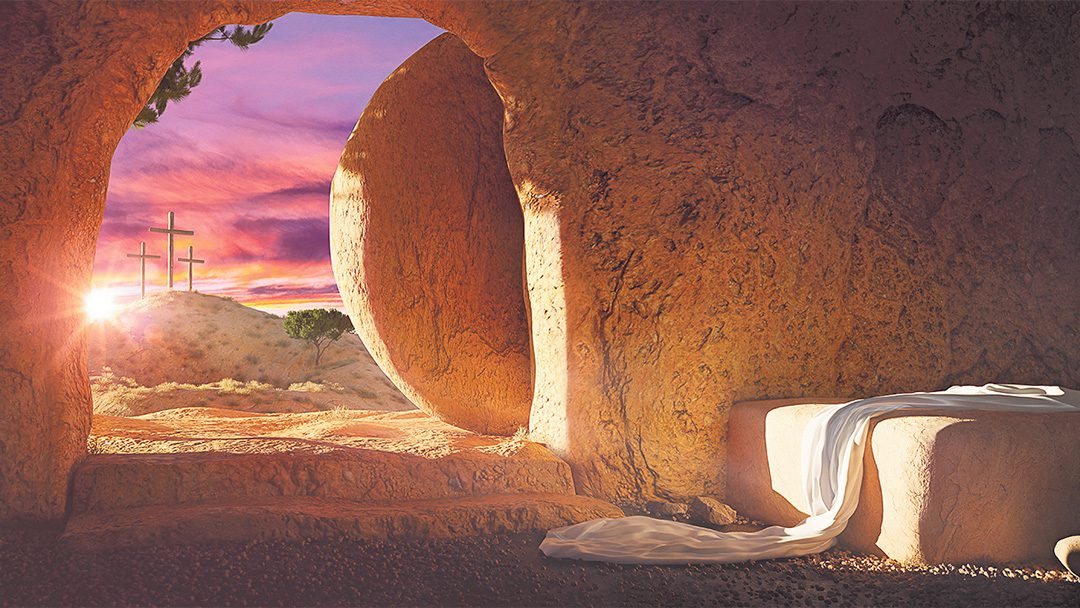
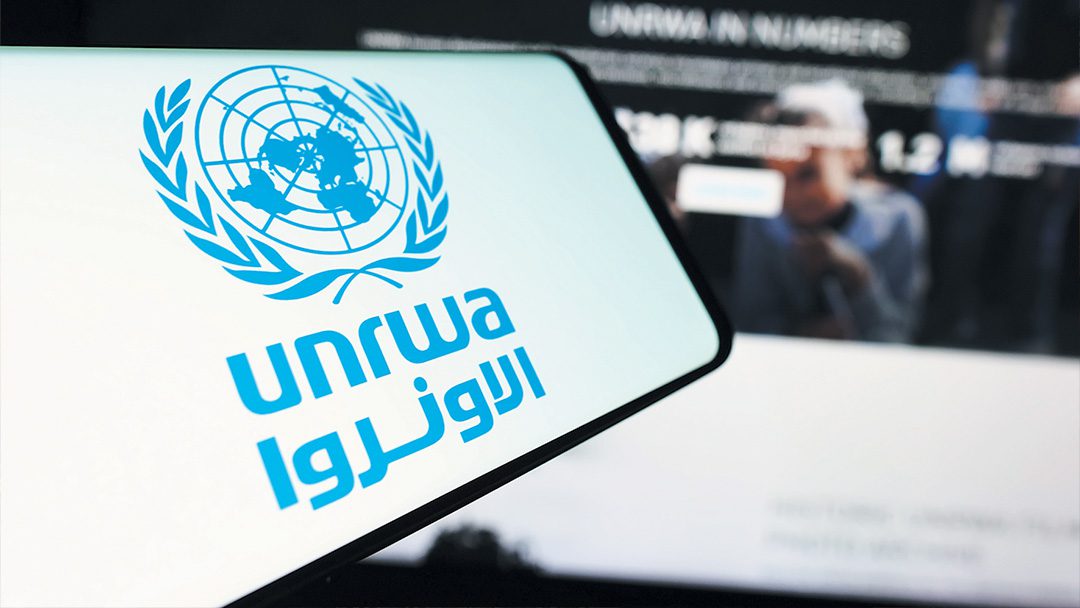

0 Comments